10 Best Herbal Tinctures For Earache
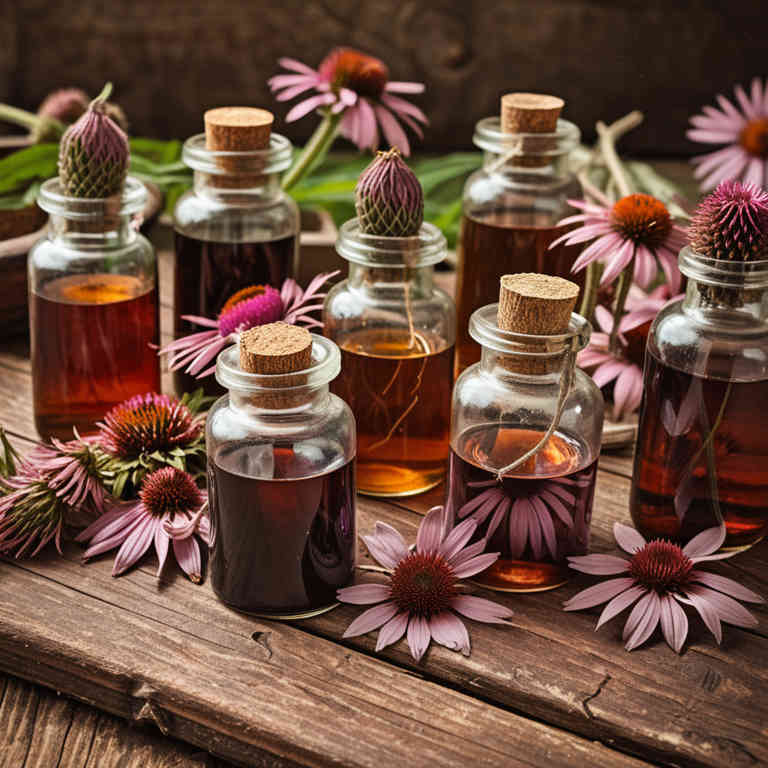
Herbal tinctures for earache are concentrated liquid extracts made from various plants known for their anti-inflammatory and analgesic properties.
Common herbs used include garlic, echinacea, and calendula, which are believed to help reduce pain and inflammation in the ear. These tinctures are often used as a natural alternative to conventional ear drops or medications, especially for those seeking holistic treatments. To use them, a few drops are typically applied directly into the affected ear, followed by gentle massage to promote absorption.
While generally considered safe, it is important to consult a healthcare professional before using herbal tinctures, especially if symptoms persist or worsen.
FREE COURSE
How to make medicinal herbal tinctures for common ailments at home and in a weekend (using the Healing Drops System).

Table of Contents
1. Hypericum perforatum
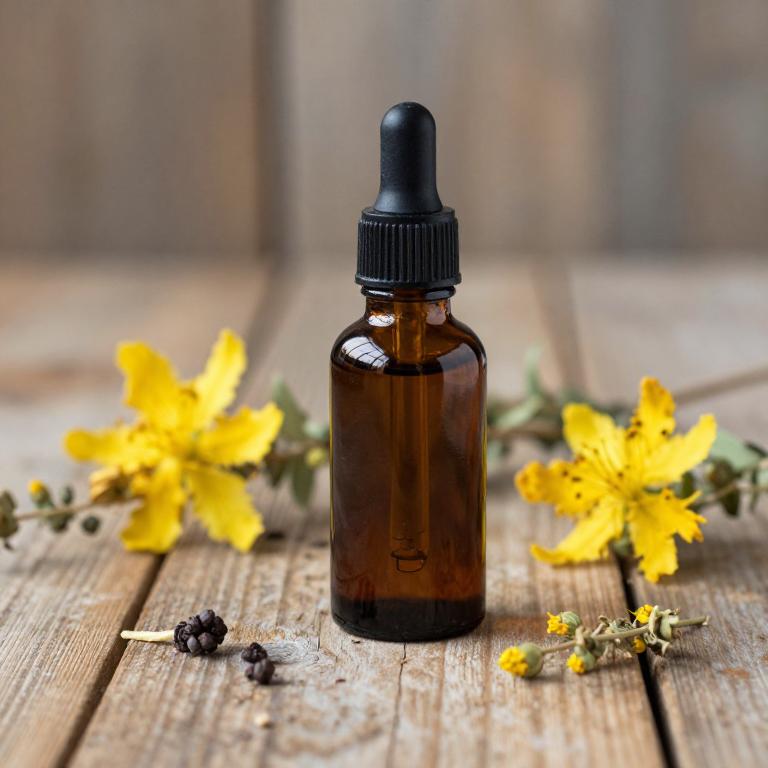
Hypericum perforatum, commonly known as St. John's wort, has been traditionally used for its medicinal properties, including its potential to alleviate earache when prepared as a herbal tincture.
This tincture is typically made by soaking the dried plant material in alcohol to extract its active compounds, such as hypericin and hyperforin, which are believed to have anti-inflammatory and analgesic effects. Some practitioners recommend using St. John's wort tinctures as a natural alternative to conventional earache treatments, particularly for mild cases or as a complementary therapy. However, it is important to consult a healthcare professional before using it, as it may interact with other medications or have side effects.
While research on its efficacy for earache is limited, its historical use and mild side effect profile make it a topic of interest in alternative medicine.
2. Zingiber officinale
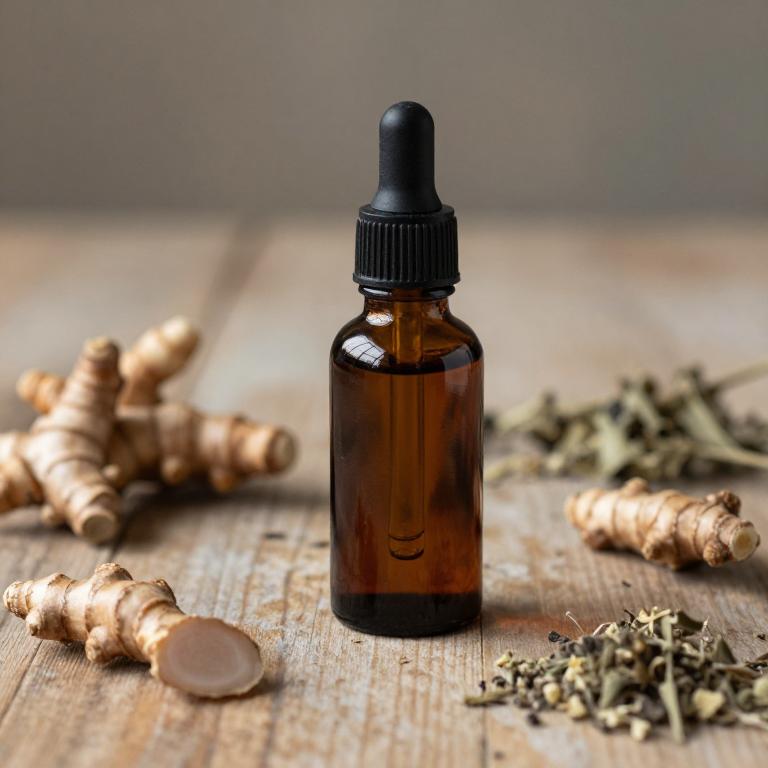
Zingiber officinale, commonly known as ginger, has been traditionally used for its anti-inflammatory and analgesic properties, making it a popular choice in herbal tinctures for alleviating earache.
These tinctures are typically prepared by soaking fresh or dried ginger roots in alcohol to extract its active compounds, such as gingerol and shogaol, which are believed to reduce pain and inflammation. When applied topically to the ear or ingested in small doses, ginger tinctures may help relieve symptoms associated with ear infections or inflammation. However, it is important to consult a healthcare professional before using ginger tinctures, especially if the earache is severe or persistent, as they may not be suitable for all conditions.
While some studies suggest potential benefits, more research is needed to fully understand their efficacy and safety for earache treatment.
3. Echinacea purpurea
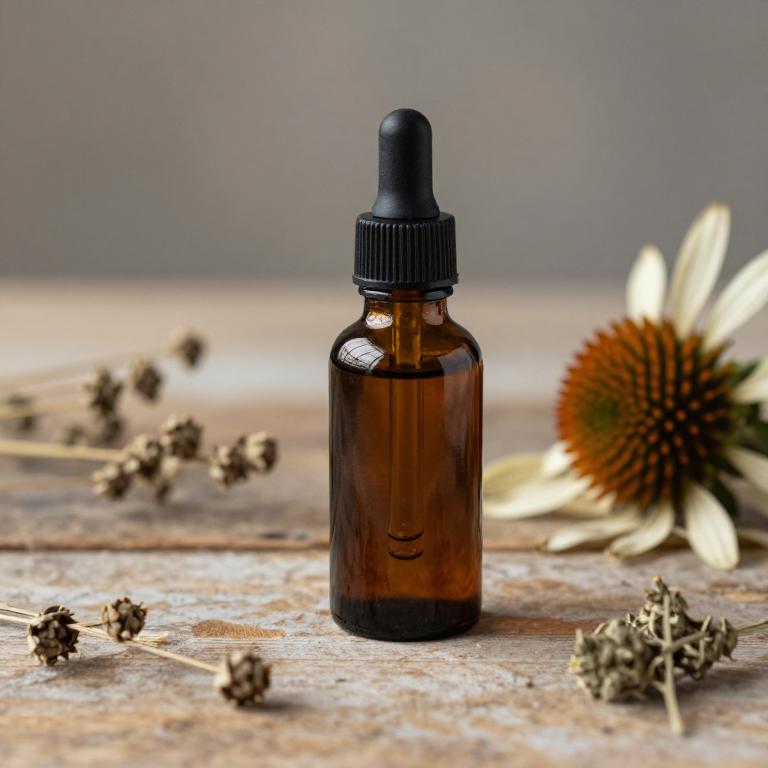
Echinacea purpurea herbal tinctures are commonly used as a natural remedy to alleviate earache, particularly when it is caused by infections such as otitis media.
The tincture is typically prepared by soaking the dried roots or leaves of the echinacea plant in alcohol, which helps extract its active compounds, including alkamides, caffeic acid derivatives, and polysaccharides. These compounds are believed to have anti-inflammatory, antimicrobial, and immune-boosting properties that may help reduce pain and fight off the underlying infection. While some studies suggest that echinacea may support the immune system, its effectiveness for specific conditions like earache remains a topic of ongoing research.
It is important to consult a healthcare professional before using echinacea tinctures, especially for children or individuals with allergies or existing health conditions.
4. Chamomilla recutita
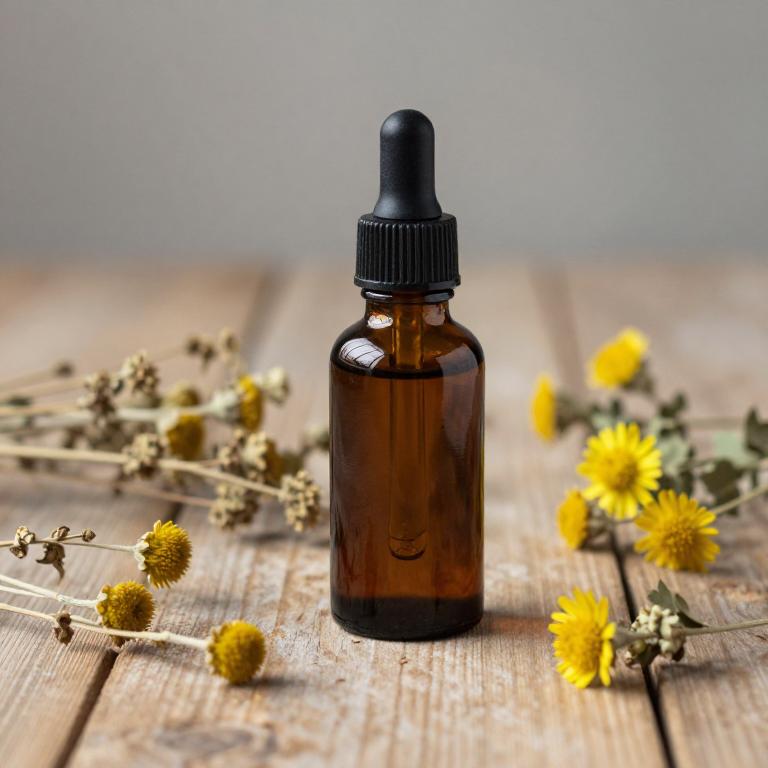
Chamomilla recutita, commonly known as German chamomile, has been traditionally used for its soothing and anti-inflammatory properties, making it a popular choice for herbal tinctures aimed at relieving earache.
These tinctures are typically prepared by steeping the dried flowers of the plant in alcohol, allowing the active compounds such as bisabolol and flavonoids to be extracted. The anti-inflammatory and analgesic effects of chamomile may help reduce pain and swelling associated with ear infections or inflammation. When used as a topical application or orally, chamomile tinctures can provide natural relief for mild to moderate ear discomfort.
However, it is important to consult a healthcare professional before using chamomile tinctures, especially for children or individuals with known allergies to plants in the daisy family.
5. Arnica montana
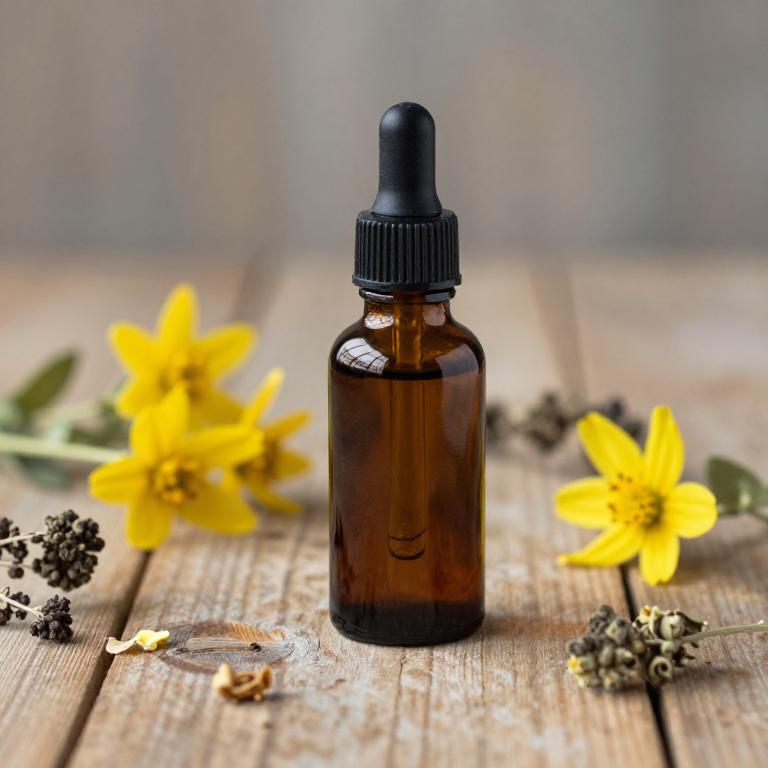
Arnica montana herbal tinctures are traditionally used for their anti-inflammatory and analgesic properties, which may help alleviate pain associated with earache.
While primarily known for treating external injuries and muscle soreness, some practitioners suggest using arnica tinctures for earache by applying a few drops directly into the ear canal, though this should be done with caution. It is important to note that arnica can be irritating to sensitive skin and should never be ingested, especially by children or pregnant women. Due to the risk of toxicity, it is advisable to consult a qualified herbalist or healthcare provider before using arnica for earache.
Overall, while arnica montana may offer some relief for ear discomfort, it should not replace professional medical advice or treatment for persistent or severe ear pain.
6. Vitex agnus-castus

Vitex agnus-castus, commonly known as chasteberry, has been traditionally used in herbal medicine for its potential therapeutic properties.
While it is often associated with hormonal balance and menstrual health, some alternative practitioners suggest it may offer benefits for earache due to its anti-inflammatory and analgesic properties. Herbal tinctures made from Vitex agnus-castus are typically prepared by soaking the dried berries in alcohol to extract the active compounds. However, it is important to note that there is limited scientific evidence supporting its efficacy specifically for earache, and it should not replace professional medical treatment.
As with any herbal remedy, it is advisable to consult a healthcare provider before use, especially for individuals with pre-existing conditions or those taking other medications.
7. Achillea millefolium
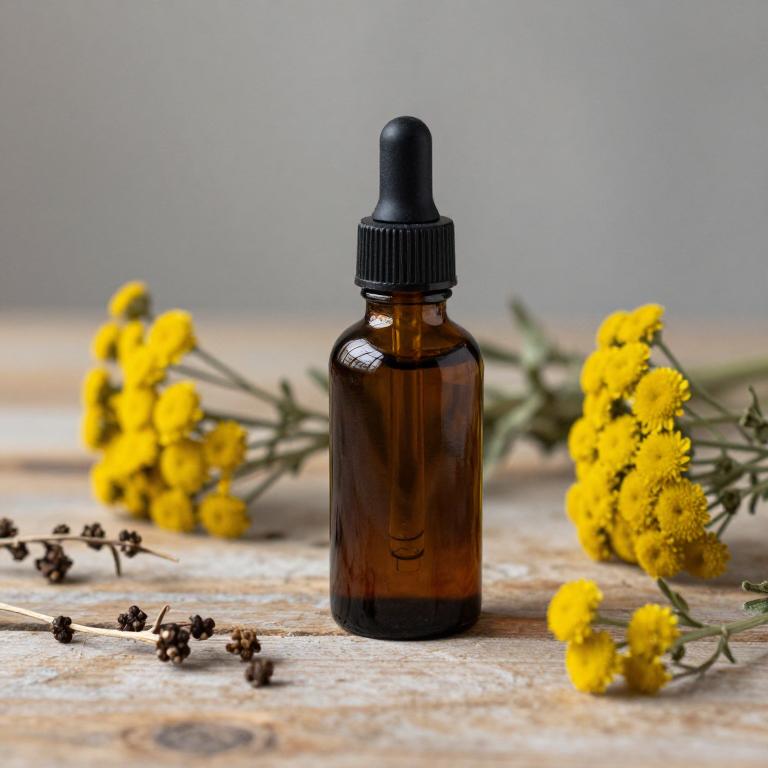
Achillea millefolium, commonly known as yarrow, has been traditionally used in herbal medicine for its anti-inflammatory and antimicrobial properties, making it a potential remedy for earache.
When prepared as a tincture, yarrow can be applied externally to the ear or taken internally to reduce inflammation and alleviate pain associated with ear infections. The tincture is typically made by soaking dried yarrow herb in alcohol for several weeks, allowing the active compounds to be extracted. While some studies suggest that yarrow may help soothe ear discomfort, it is important to consult a healthcare professional before using it, especially if the earache is severe or persistent.
Overall, yarrow tinctures offer a natural alternative for managing mild earaches, though their effectiveness may vary among individuals.
8. Piper nigrum

Piper nigrum, commonly known as black pepper, has been traditionally used in herbal medicine for its potential therapeutic properties, including its ability to alleviate earache.
The tincture form of black pepper extract is believed to possess anti-inflammatory and analgesic effects, which may help reduce pain and swelling in the ear. When used as a tincture, Piper nigrum is typically diluted with a carrier oil or alcohol to ensure safe application, often applied topically around the ear or used in steam inhalation. While some anecdotal evidence suggests it may provide relief, it is important to consult a healthcare professional before using it for earache, especially if there is an underlying infection or injury.
Overall, Piper nigrum tinctures are considered a natural remedy, but their effectiveness for earache should be evaluated alongside conventional treatments.
9. Matricaria chamomilla
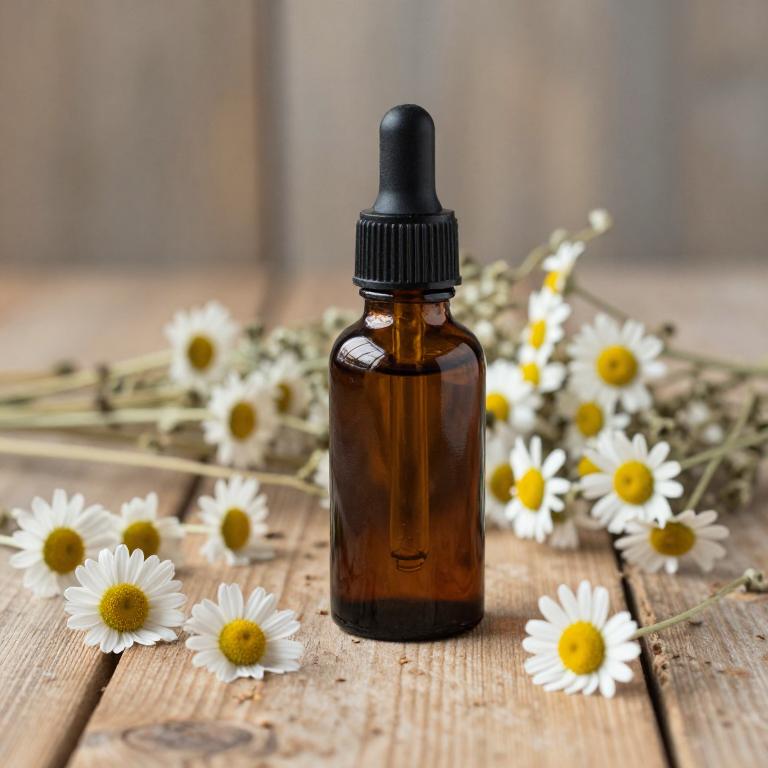
Matricaria chamomilla, commonly known as chamomile, is a herbal remedy that has been traditionally used for its calming and anti-inflammatory properties.
Chamomile tinctures, derived from the dried flowers of the plant, are often used to alleviate earache due to their soothing and analgesic effects. The active compounds in chamomile, such as bisabolol and chamazulene, help reduce inflammation and pain in the ear canal. When used as a tincture, chamomile can be applied topically or taken internally under the guidance of a healthcare professional.
However, it is important to consult a physician before using chamomile tinctures, especially for children or individuals with allergies or existing medical conditions.
10. Rosmarinus officinalis
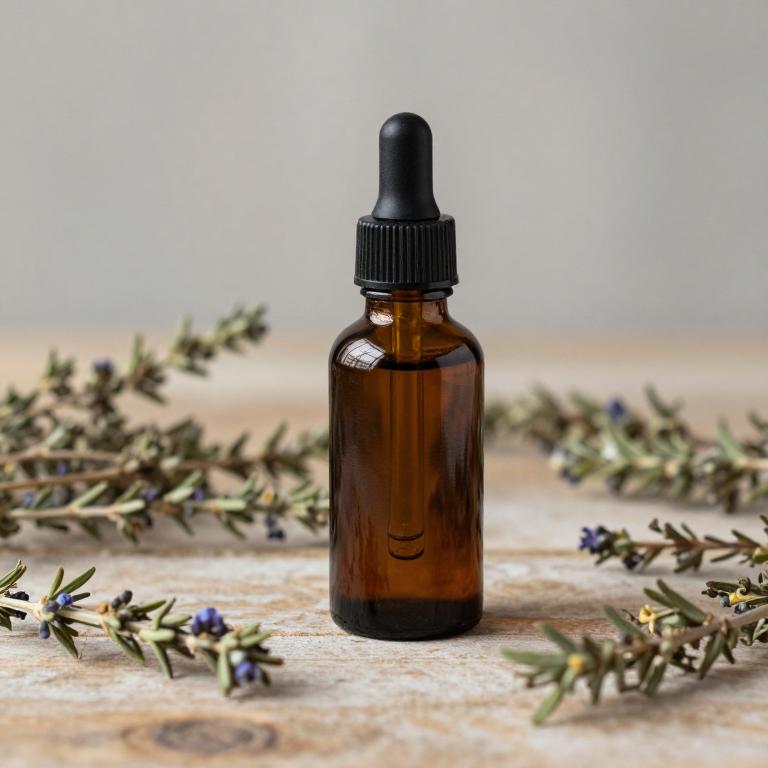
Rosmarinus officinalis, commonly known as rosemary, has been traditionally used for its aromatic and therapeutic properties, including its potential to alleviate earache when prepared as a herbal tincture.
The tincture is typically made by soaking dried rosemary leaves in alcohol to extract its essential oils and active compounds, such as rosmarinic acid and cineole, which are believed to have anti-inflammatory and analgesic effects. Some studies suggest that the aromatic compounds in rosemary may help reduce inflammation and discomfort in the ear when applied externally, though more research is needed to confirm its efficacy for earache specifically. While rosemary tinctures are often used as a complementary remedy, they should not replace professional medical advice, especially for persistent or severe ear pain.
As with any herbal treatment, it is important to consult a healthcare provider before use, particularly for individuals with allergies or existing health conditions.